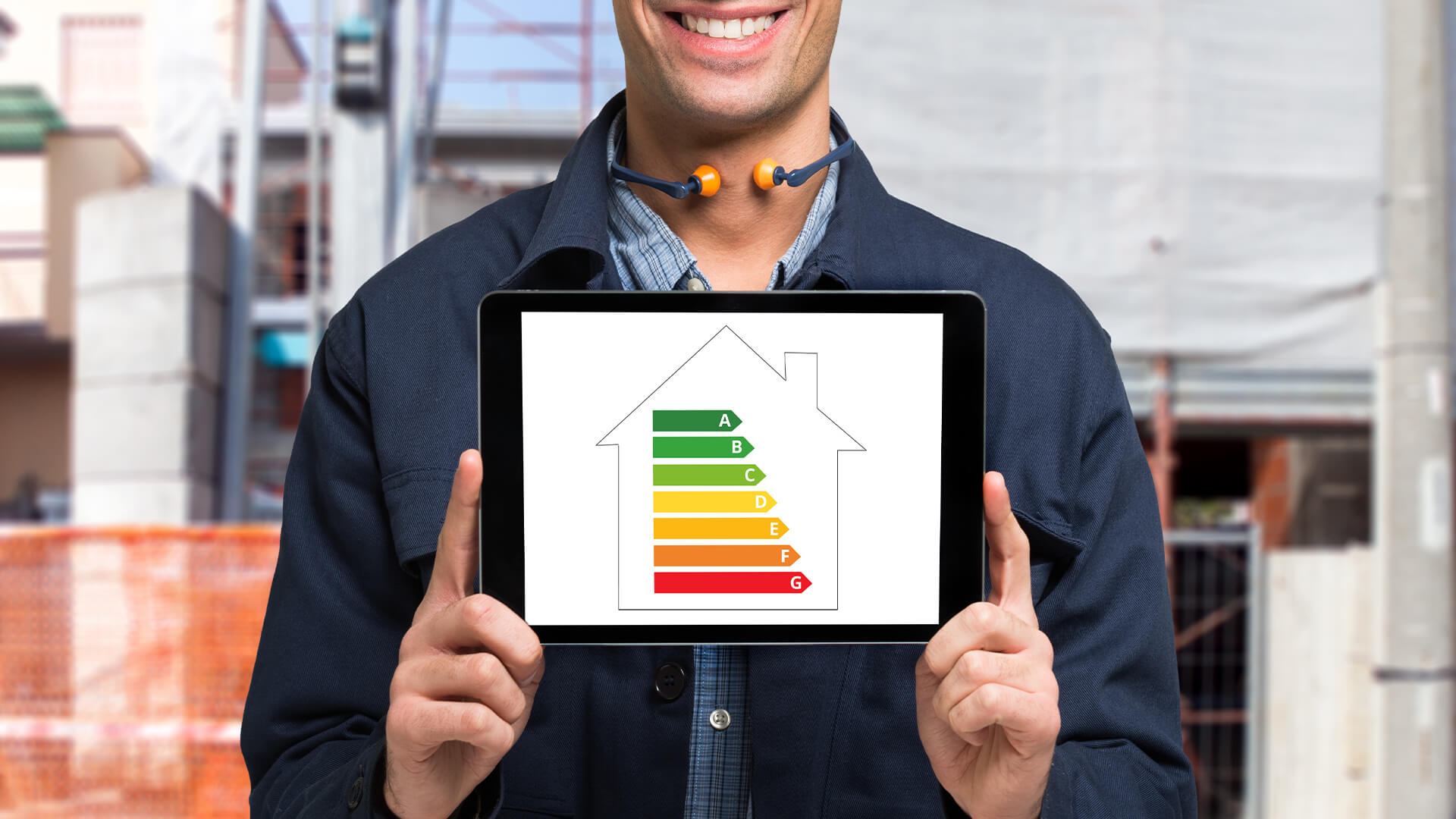UK landlords are currently facing a myriad of challenges. It’s well documented how costly retrofitting properties to meet new energy efficiency standards can be, and with only a few years until the 2028 EPC deadline, most landlords are having to assess their finances to ensure their ratings sit at C or above to avoid fines of up to £30,000 – and there’s a lot of work to be done.
LandTech data suggests that more than half of all rental properties in the UK have an EPC rating of D or lower. And, while the government has been working with banks to cap the maximum spend per property at £10,000 – regardless of their EPC rating – landlords are still understandably concerned by the significant upfront investment needed.
Some landlords have also raised the issue of how the investment cost will negatively affect tenants as it is expected that many will raise their rent to make up for the cost of the work.
Tanya Elmaz, Director of Intermediary Sales for Commercial Finance at Together, said: “It is understandable that many landlords are concerned about the substantial costs required to upgrade their properties to meet the new EPC standards.
“However, small changes can make a big difference. For example, adding an extra layer of low-cost loft insulation or switching out old bulbs will add plenty of points to your rating over time and save on your energy bills too. Whether you’re looking to rent out your property or sell up in future, it’s important you are in the best energy position as possible and know the impact EPCs can have on your property portfolio.”
To help landlords navigate higher EPC costs, Tanya Elmaz at Together shares some handy tips:
1. Switch up your lighting: Swapping incandescent light bulbs for LED or low energy ones is an easy switch to make and could move you a few steps up the EPC scale. According to the Energy Saving Trust, if the average house replaced its bulbs with LEDs, at a cost of around £90, it would cut power bills by around £65 a year.
2. Insulate your loft: Insulating your loft space is relatively cheap to do (costs as little as £5 per m2) and you can lay it yourself with no specialist skills or equipment. Increasing loft insulation from 120mm to at least 270mm will help significantly boost your EPC rating and save you money on your energy bills, so it’s worth adding more if you can.
3. Insulate your hot water tank: If you get your hot water from a tank, adding an insulated jacket is a cheap and easy way to save money and improve your EPC rating. Costing about £25, they’ll save you around £35 a year on your energy bill, plus help bump up your EPC score. They’re easy to fit yourself too, so could be installed and saving you money in minutes.
4. Upgrade your boiler: While more expensive, replacing an old boiler with a modern one is well worth considering for the long-term pay off. For the average home, a modern boiler could cost around £4,000 to install, but you could see more than £500 a year knocked off your heating bills and see you boost your EPC score by around 40 points. There are also some grants and incentives available of up to up to £6,000, offered by certain providers to help with costs.
5. Replace your windows: Switching your old windows to new double or triple glazed options can give your EPC rating a real boost – up to 10 points. Modern windows stop heat escaping and stop cold air getting in – look for A rated options to make sure you’re getting the most efficient windows you can afford.
































